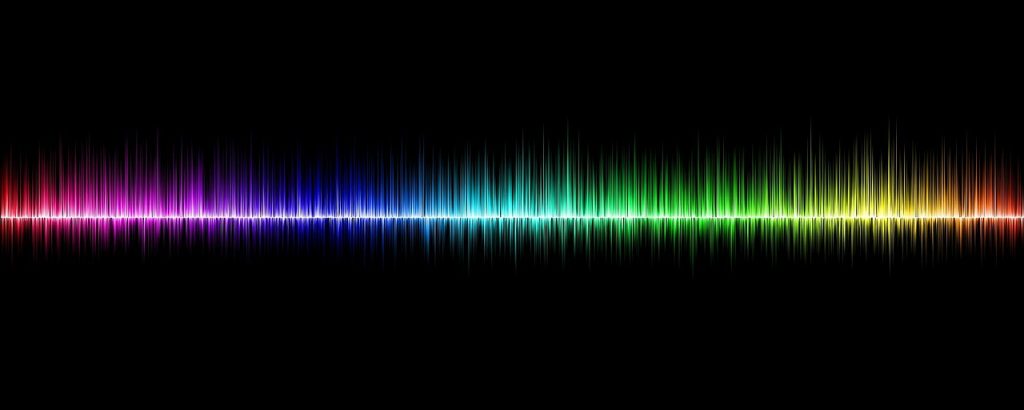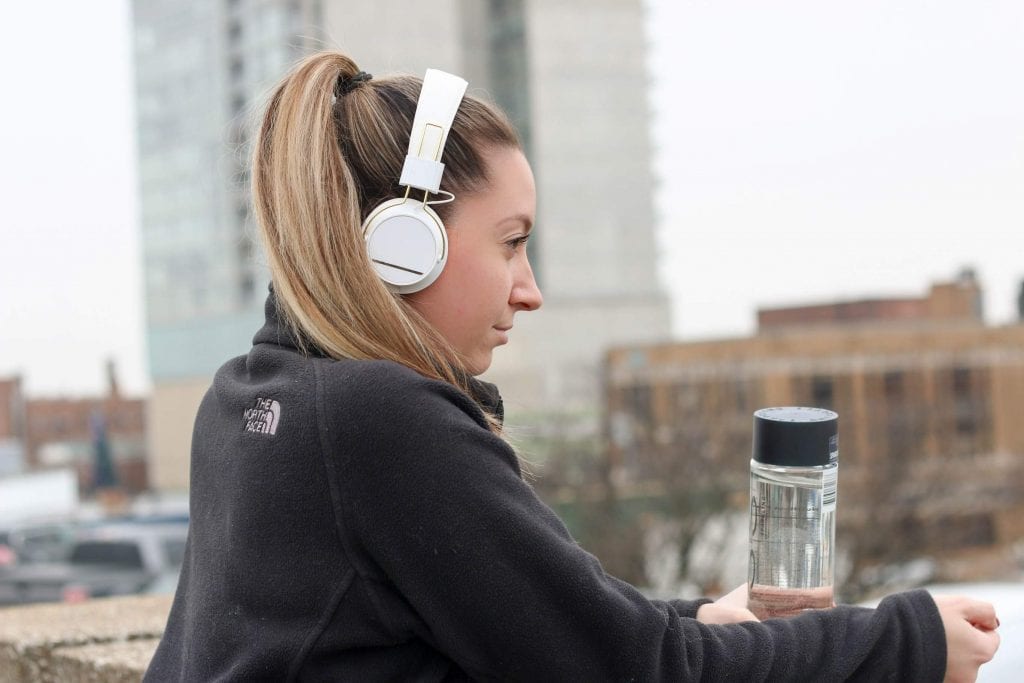Would you like to listen your way to sharper focus, better sleep and stress relief? Of course you would. But we’re not talking motivational podcasts or slightly annoying panpipe music here, we’re talking about frequencies that have the ability to play with your brainwaves and literally change your state of mind.
Sound scary? It isn’t. Backed by science? Yes.
Binaural beats work by feeding two slightly different sound frequencies (via headphones) through each ear so that your brain processes and ‘tunes’ into a new, single frequency. For instance, if one ear receives a 300-hertz tone and the other 280-hertz, your brain will perceive it as 10-hertz, which is so low that you can’t actually hear it. However, this is where the science and magic comes in—specific parts of your brain, including your subconscious, will definitely ‘hear’ it and, it is believed, be affected in myriad ways depending on the frequency.
In a research paper examining the effects of binaural beats on reducing pre-operative anxiety in patients undergoing general anaesthesia, it was found that when a person listens to binaural beats in the right environment and for a certain amount of time, their levels of arousal change.
The paper explains these changes are the result of the activation of specific systems in the brain. This goes so far as EEG recordings showing that binaural beats affect the body in different ways, depending on the frequency pattern used.

The are four main categories of frequency pattern, each associated with different workings of the brain: Delta (0.1 to 4Hz—dreamless sleep); Theta (4 to 8 Hz—REM sleep, meditation and creativity); Alpha (8 to 13Hz—muscle relaxation); Beta (14 to 100Hz—focus and concentration).
Apart from their health and wellbeing benefits, binaural beats are also being studied for their effects on creative thinking, memory and attention.
Another recent study by Dr. Vincent Giampapa of the American Board of Anti-Ageing found that binaural beats radically alter the production of cortisol, DHEA and melatonin. These three hormones play a significant role in our wellbeing.
Cortisol, which is released by the adrenal glands under increased stress, affects learning and memory and has general negative effects on the body. DHEA, also produced by the adrenal glands, determines our physiological age and immunity to disease. Low levels of DHEA result in accelerated ageing and illness; high levels result in better health and overall wellbeing. Melatonin is our sleep hormone. Low levels mean reduced quality of sleep, which, as you know, affects us in myriad unpleasant ways.
In the study, 19 people listened to binaural beats four hours a day for three days. The results were quite staggering, especially for melatonin:
- Cortisol levels dropped an average of 46.7% and there were improvements in 68% of the listeners. Some participants showed decreases of as much as 80%.
- DHEA levels were raised in 68%; the average was 43.77% and as high as 90%.
- Melatonin increased on average by 97.77%, and significant increases showed in 73%; some saw improvements of up to a ridiculous 300%.

Apart from their health and wellbeing benefits, binaural beats are also being studied for their effects on creative thinking, memory and attention. It’s also believed that binaural beats strengthen and establish new connections within the brain’s networks, which can lead to new perceptions and a greater ability to link together seemingly unrelated things.
The latter—making connections between apparently disparate ideas—is the key to original ideas and innovative thinking. At her former employer Mattel, Ivy Ross—now Head of Design for Hardware at Google—used to pipe in music encoded with binaural beats as part of an experiment with her 300-strong team. At the end of a six week period, employees showed an 18% increase in creativity.
“I knew that the times when I have my best ideas, the left and right half of my brain were working together, and so I thought, ‘If the brain is a muscle, could we create an exercise to bring both halves of their brain together to increase creativity?’”Ross said.
Ivy now plans to introduce binaural beats at Google’s offices.

The potential for binaural beats is significant, reflected by the increased interest and research into their effects. Not only do they offer proven benefits to the busy business person seeking clarity of thought, focus and stress-relief, they could also provide a drug-free way of addressing depression, anxiety disorders and sleep disorders.
As we move away from more traditional, clinical solutions for stress relief and wellbeing, binaural beats looks set to play a substantial role in that sea change.
- The best place for binaural beats is YouTube. There are thousands of free tracks and hundreds of channels offering different frequencies for different effects. Here are three to get you going: Focus & Creativity; Memory & Concentration; Sleep Music Delta Waves
- While binaural beats are considered safe, they are still a relatively new field so you are advised not to throw yourself into it and start listening to them for hours and hours at a time, if only because you might get a headache. Start slowly, find what works for you, and enjoy the benefits. And remember they’re only effective with headphones!
